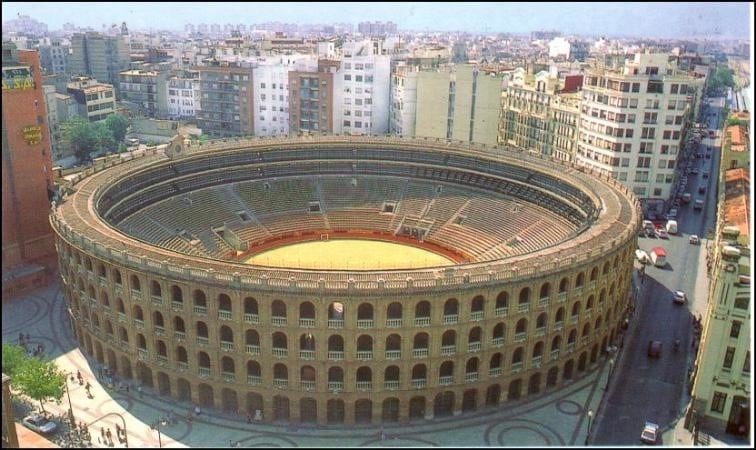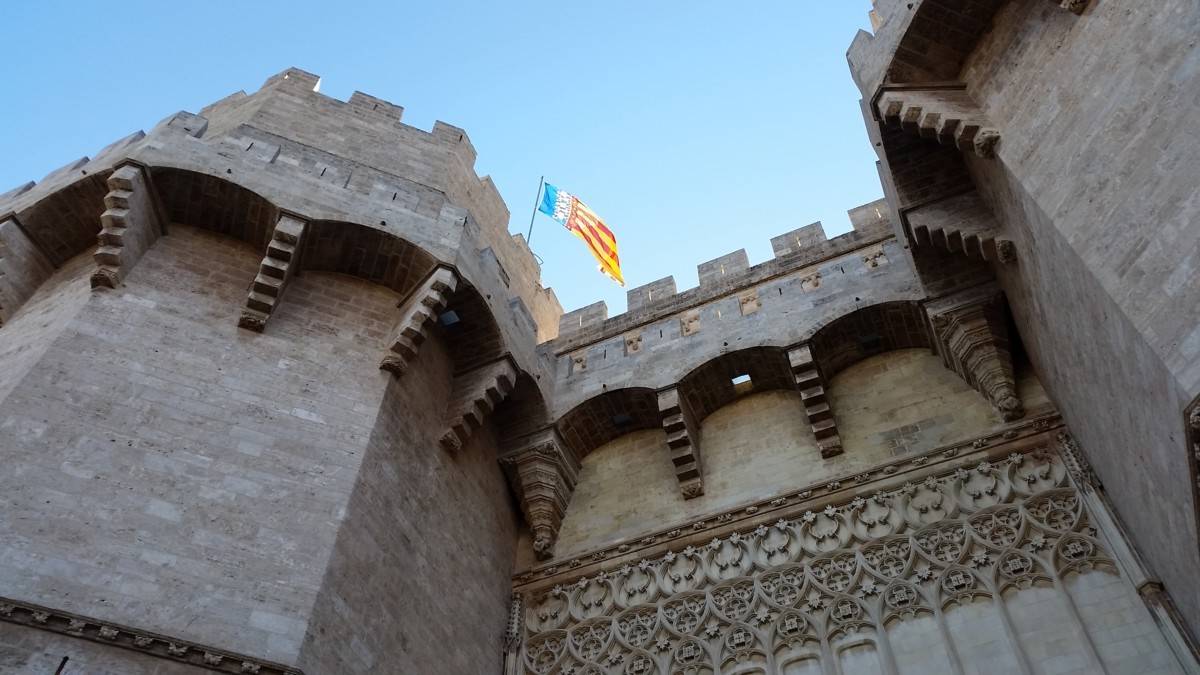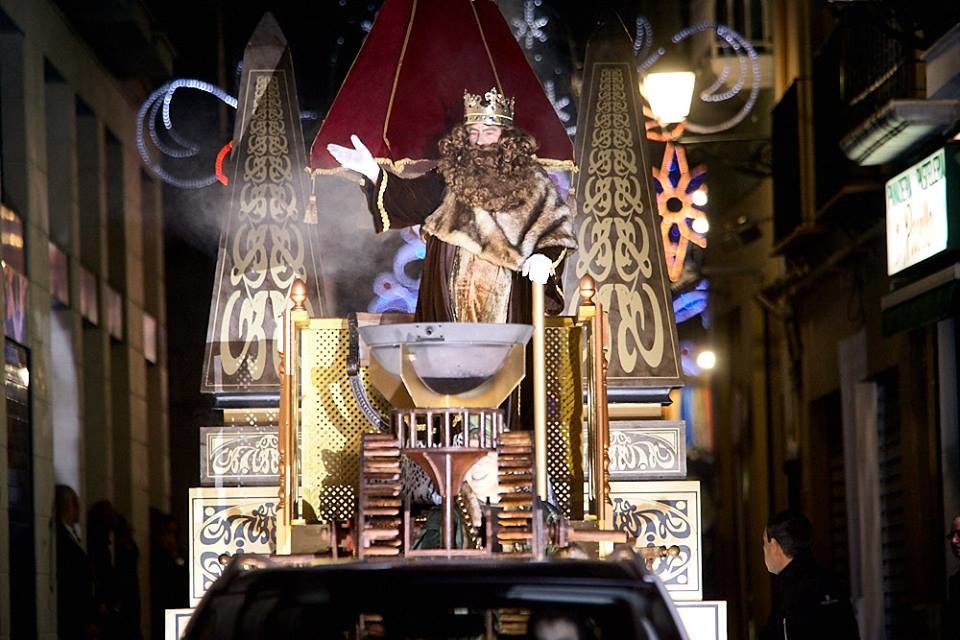Bullfighting in Valencia
For anyone considering moving to Spain or buying a house in the Valencian region a visit to the main city of the province is a must.
Valencia is a city packed with beautiful architecture and wonderfully ornate buildings and perhaps the one of the most impressive the city has to offer is the Plaza de Torros – the bullring.
Standing next to the Estacio del Nord, the city’s main train station and in the heart of the shopping district it is hard to miss and even an opponent of bullfighting would have to admit the building itself is spectacular.
Bullfighting of course is an emotive subject with many people fiercely for and against it but whatever your opinion on the subject it remains a part of Spain and its history and culture, the bull itself being the national symbol of the country.
Reading up on the subject it appears the popularity of bullfighting is waning and there is strong opposition to it, not just from abroad but from many Spanish themselves, audiences tend to be mostly of the older generation and there is less television coverage than before and nowadays can be found in the newspapers in the culture section rather that the sports pages. However it still survives and out of curiosity I decide to go.
Whilst the idea of bullfighting seems to me cruel I take the stance that as I am not Spanish my opinions on this national pastime (it’s not a sport) are not relevant and given that I eat meat objecting to the bull being killed is fairly hypocritical. As I have chosen to live in Spain I felt that I should at least go once and see what it was all about.
The thing that struck me about bullfighting was how ritualised and stylised it is. Each fight follows a very distinct pattern with each being very much like the last – the bull is introduced to the ring and is allowed to run around a bit allowing the audience to appreciate its size and strength. They are impressive animals and can weigh as much as 600kg – nearly 95 stone!
Next the bull is weakened by the picadors on horseback who spear the unfortunate animal in the neck, the aim being to reduce its movement and cause it to drop its head. The bull may charge the horses but they are safely protected by padding although apparently this was only introduced in the 1930s and before then it was not uncommon for horses to be gored to death in the ring.
After this the Banderillas stab the bull with coloured barbed sticks which hang out of the animals flesh further reducing its mobility and causing more blood loss. By this time the bull is exhausted, breathing heavily, wounded and bleeding. Not a pretty sight.
At this point the matador steps up to play his part. Given what has gone before the bull really has no chance and there is little doubt of the outcome. The game is rigged and there can only be one winner. Not unlike La Liga and Real Madrid in that respect so possibly there is something in the Spanish psyche that enjoys one sided competitions.
That said the bull is still very dangerous and there are numerous times a Matador has been gored and sometimes killed – check out this eye watering link, albeit from Mexico city but it demonstrates the risks taken http://metro.co.uk/2017/03/22/matadors-anal-sphincter-is-completely-destroyed-as-he-is-gored-up-the-bottom-by-bull-6525732/
Whilst by this point I was supporting the bull you still have to have respect for the Matador who is literally putting his life on the line – at least, as much respect as you can have for a man in spangled tight 3/4 length trousers with knee high pink socks.
As the ‘contest’ draws to a close the band which has played throughout reach a crescendo to time with the Matadors sword thrust and then that’s it – the bull is dead. A team of horses come in, drag the bull out, the ring is raked and it’s on to the next one. The first one was horrific, the second also but less so as it follows the same pattern to the same music. By the time you get to 4 or 5 it’s getting boring so at this point we decided to leave. This makes me wonder how bullfighting can have such an enduring popularity when apart from the odd goring of a Matador it is the same every single time. If there was a random factor to it, if the bull had more of a chance then perhaps I could understand why it appealed but this is repetitive and ultimately tedious which is a sad way for such a magnificent animal to die.
Upon leaving we walked past the area where the bulls had been dragged to – a mini abattoir where the butchers were already at work dismembering the bulls. Far from being chased off we were encouraged to watch, children as well, as they set about the latest victim.
Having never seen anything like this before I was transfixed as this enormous animal was eviscerated before my eyes and in the space of minutes reduced to cuts of meat. The head sliced off and sat in a bucket with the other losers, the stomach opened and its contents dragged out and swept away. Quite amazing to see. As I said before I am a meat eater and as such I feel only a vegetarian can take the moral high ground on this issue but it is true to say that the bull that dies in the ring has a better quality of life (prior to its death) than their commercially breed counterparts and are kept in superior conditions. The argument goes that they live longer – typically 4 years as opposed to 2 or 3 years for cattle bred for meat and it’s also debatable as to which is the worse death – the short time of torment in the ring or the stressful journey to the abattoir and subsequent death at the hands of the slaughter man, I suppose whichever way round the bull gets a raw deal.
An interesting article on the ethics of meat from the bullring can be found here… https://www.theguardian.com/lifeandstyle/2014/aug/20/fighting-bull-beef-most-ecological-meat-in-world
Having been to a bullfight I can honestly say I don’t feel the need to go again and probably never will however for me it was an eye opening experience, not something I would recommend but for anyone moving to Spain or buying a house here it is an opportunity to see true Spanish culture in one of the finest structures in Valencia – or depending on your viewpoint you could always demonstrate outside but either way you would still get to enjoy this fine historic building.





